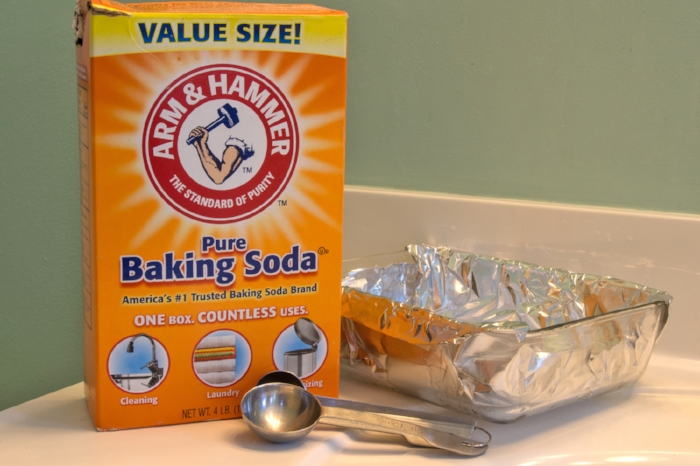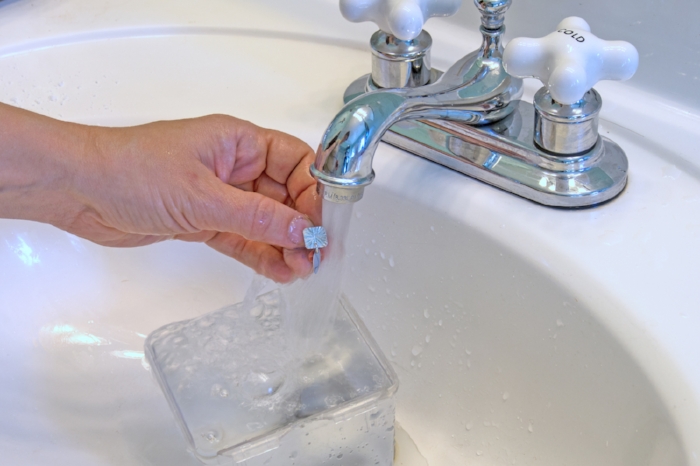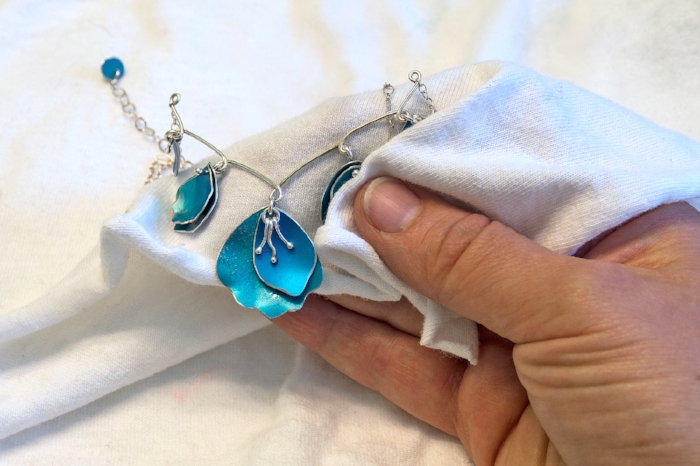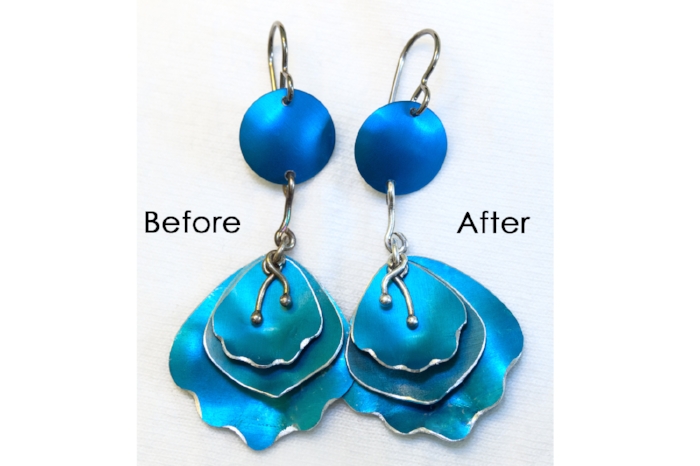Hi, I’m Mandy
In jewelry, as in life, balance is key - playful yet elegant, distinctive yet wearable, well-crafted yet affordable. I love creating colorful anodized aluminum and silver jewelry that helps you celebrate your day simply by wearing it.
I first studied metalsmithing at the Los Angeles County High School for the Arts, a magnet school where I was able to take several college-level art courses. There, I gained a strong understanding of design and technique. I went on to earn a Bachelor of Arts degree at Humboldt State University in Northern California. While there, I studied with David LaPlantz and learned that jewelry can be so much more than a monetary status symbol. David also introduced me to the process of anodizing aluminum, and when I realized that I could play with color and metal at the same time, I was hooked for good.
The metal working process is very satisfying to me. I am continuously learning about the capabilities and the possibilities that metal has to offer. As I respond to the metal the piece will evolve and come into focus. I feel a piece is only successful when I achieve a balance between craftsmanship, composition, and artistic expression.
I currently live in Portland, Oregon, producing my own line of jewelry and small sculpture and I'm an active member of the Creative Metal Arts Guild (CMAG) and The Alberta Street Gallery.
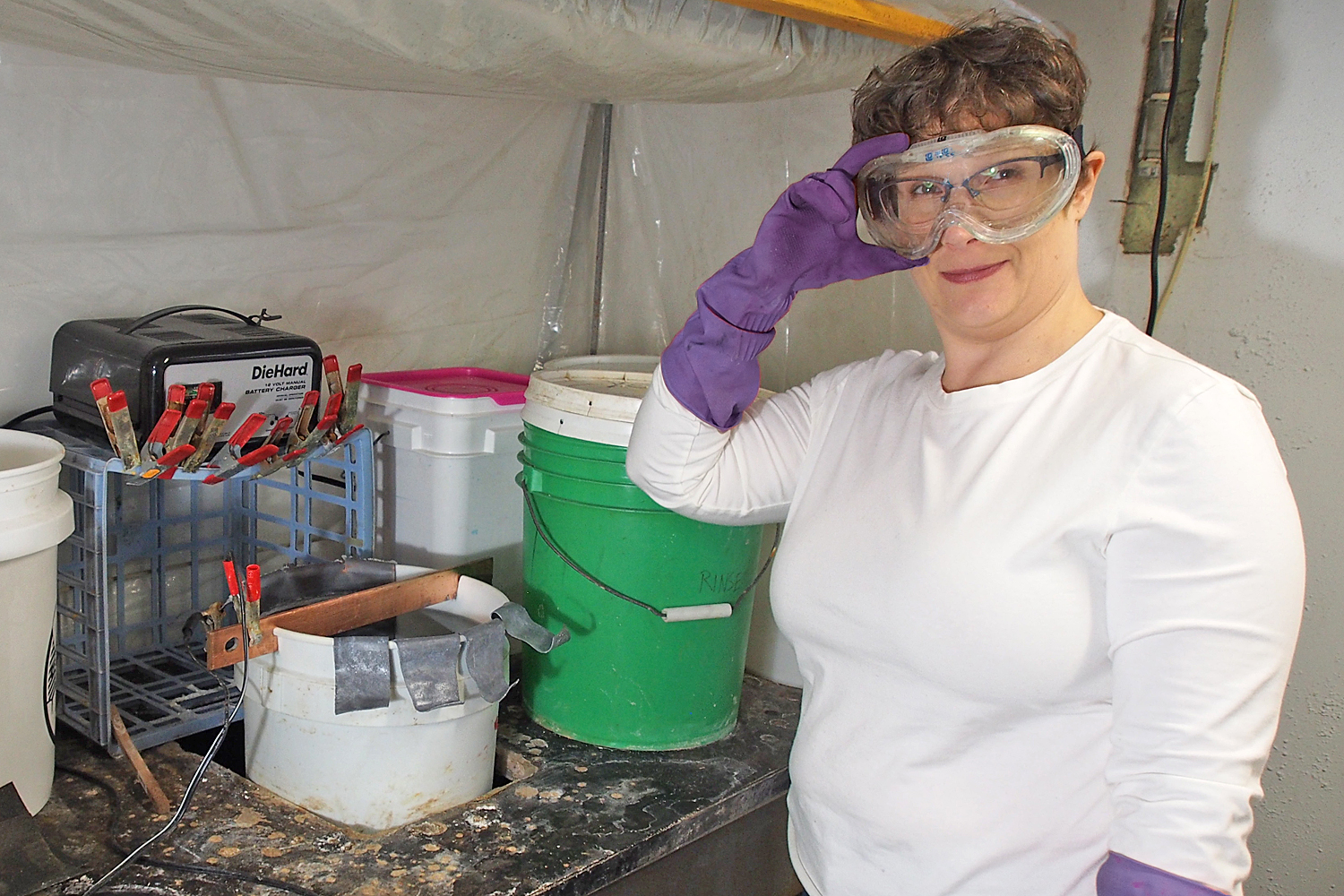
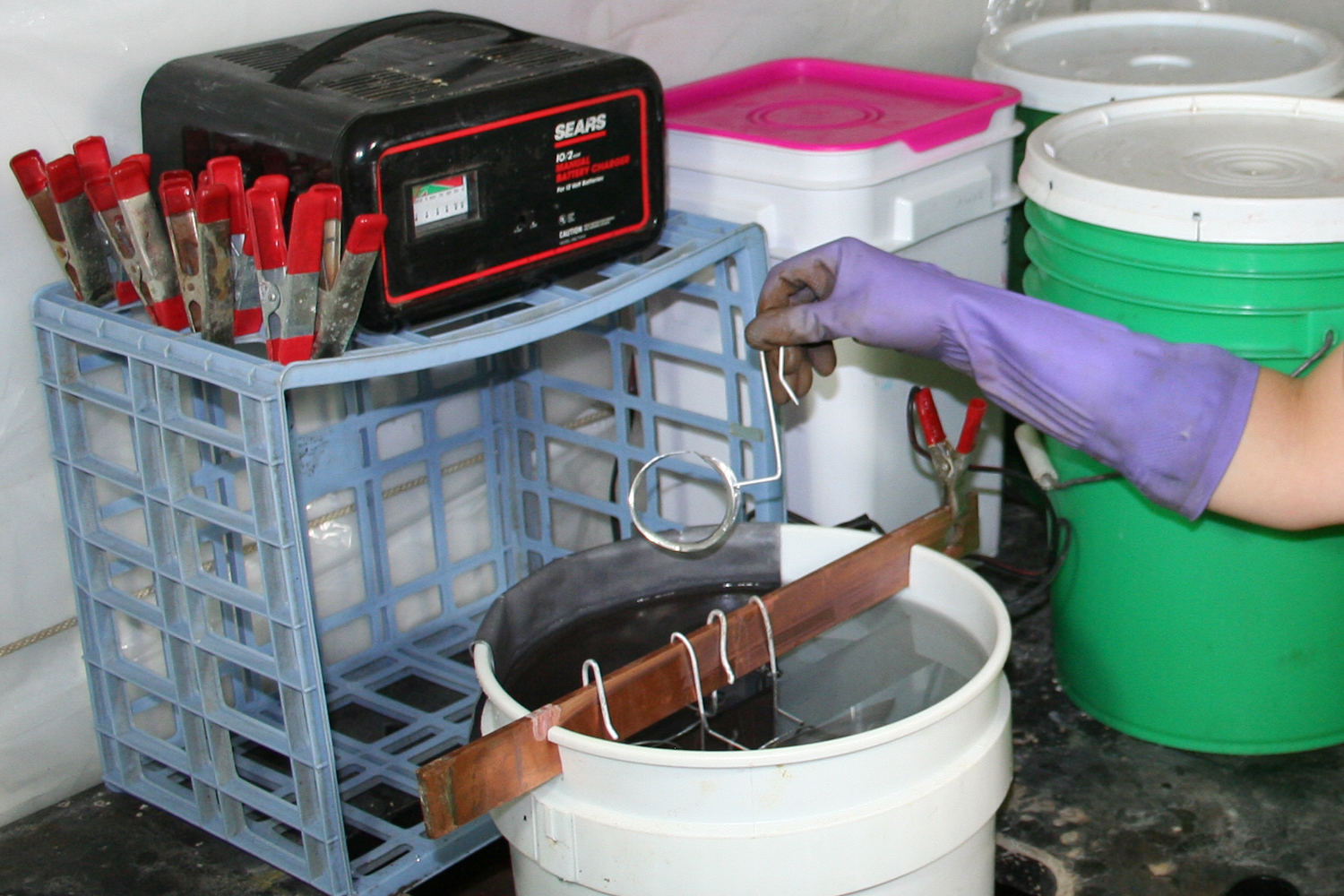


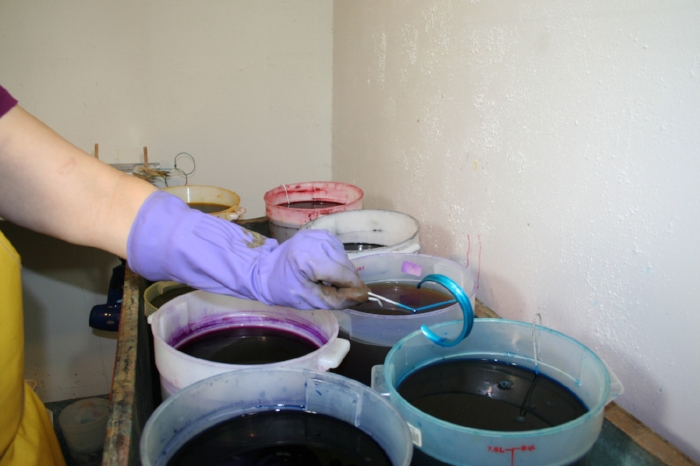
About the Process
I craft my jewelry from anodized aluminum. Anodizing is a process in which an electrical current is run through a sheet of aluminum while it is submerged in an acid solution. This stimulates a chemical reaction that forms an oxide layer on the surface of the aluminum. This layer serves two functions. First, it makes the aluminum stronger and more abrasion-resistant. Secondly, it is composed of tiny pores which can absorb dye. I mix and combine the luminous dyes in a way that no one else does. Then I use those colors in designs that are elegant but joyful with the added benefit of being incredibly lightweight and comfortable to wear. I also use many sterling and fine silver elements such as hand-woven wire work.
Care and Cleaning
Anodizing forms a very durable surface on aluminum - it won’t easily scratch and it won’t tarnish. You may want to occasionally clean off any build-up of body soils with rubbing alcohol and a cotton cloth.
The silver components of my jewelry will tarnish over time. They can be polished with any commercial product that says it’s safe for anodized aluminum, or you can follow the instructions below for a non-toxic method which utilizes the awesome properties of aluminum and baking soda to “reverse” the tarnish. I admit, it doesn’t always get the silver super shiny, but it does a good job considering how cheap, easy, and non-toxic it is.
This cleaning method is completely safe for my jewelry or plain silver or copper, but don’t use it on any pieces that have stones, glue, or resin.
How to clean silver and copper using aluminum foil, baking soda, and hot water:
Line a glass or ceramic pan or bowl with aluminum foil and lay it in a sink to avoid spills.
Place the jewelry in the bowl, ensuring that each piece of silver physically touches the aluminum.
Add one cup of boiling water followed by a tablespoon of baking soda. You can double or triple the recipe, as needed, to ensure the silver is completely covered with water. The solution will foam up.
Use a utensil to stir the baking soda and move pieces around so every silver surface gets to touch the aluminum foil. A natural reaction happens and the tarnish actually transfers from the silver to the aluminum foil. You may see the resulting aluminum sulfide form yellow flakes and stick to the foil.
Lightly tarnished silver will be restored in one to five minutes, while heavily tarnished silver may require a few treatments or some gentle scrubbing with a soft toothbrush.
Once the silver is clean, remove it from the pan (making sure the water has cooled down enough not to burn your fingers) and rinse the jewelry very well with clean water, taking care not to allow small pieces to go down the drain if dropped.
Dry completely with a cotton cloth, or even a hair dryer to get into all the nooks and crannies.
Rinse the used baking soda down the drain and recycle the foil.
Storing your jewelry in an airtight container slows future tarnishing.
